The Evolution of Mexico City Art
Introduction to Mexico City Art
Mexico City, with its vibrant tapestry of cultures, boasts a rich artistic legacy that spans centuries. Art serves as a mirror reflecting the city’s intricate historical narratives and societal transformations. This research report delves into the evolution of Mexico City’s art scene, unraveling its dynamic journey through time.
The city’s cultural heritage, steeped in indigenous traditions and colonial influences, forms the bedrock of its artistic expression. From ancient Mesoamerican artifacts to colonial-era masterpieces, Mexico City’s art encapsulates its multifaceted identity. Over the centuries, art has evolved alongside the city, echoing its triumphs, struggles, and enduring resilience.
Exploring Mexico City’s art scene offers profound insights into its past, present, and future trajectories. Through this report, we aim to dissect the various artistic movements, trends, and pivotal moments that have shaped the city’s cultural landscape. By understanding the evolution of Mexico City’s art, we gain a deeper appreciation for its significance in the broader context of Mexican history and society.
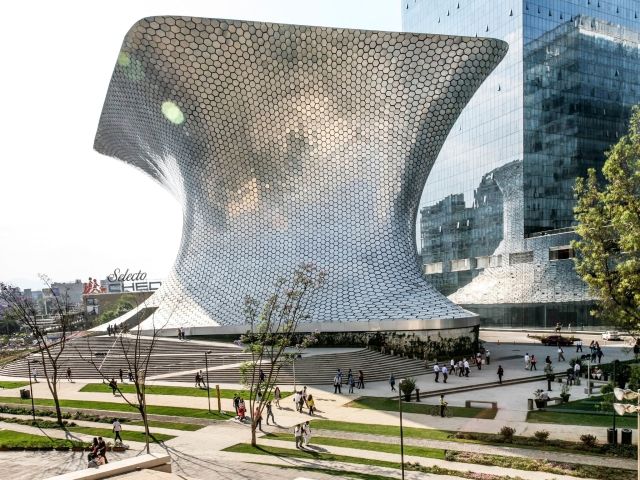
Pre-Columbian and Colonial Periods
Pre-Columbian Art
The Aztec Empire’s cultural prowess left an indelible mark on Mexico City’s artistic landscape. Aztec art and architecture, infused with symbolic motifs and intricate designs, reflected the empire’s grandeur and spiritual beliefs. Tenochtitlan, the capital city, stood as a testament to Aztec creativity, boasting majestic temples, vibrant murals, and intricate sculptures.
Art held profound significance in Aztec society, serving as a medium to communicate religious beliefs, myths, and historical narratives. From monumental sculptures of deities to elaborate codices depicting rituals and traditions, Aztec art adorned every facet of daily life, reinforcing cultural identity and spiritual connections.
Colonial Art
The Spanish conquest heralded a transformative era in Mexico City’s art scene, marked by the fusion of European and indigenous artistic traditions. Syncretism became the hallmark of colonial art, as Spanish colonizers incorporated indigenous motifs and techniques into their religious artworks. This blending of cultures gave rise to a unique artistic expression that reflected the complex social dynamics of colonial Mexico.
The establishment of art schools and workshops by Spanish authorities facilitated the dissemination of European art techniques among indigenous artisans. Under the tutelage of European masters, indigenous artists mastered techniques such as oil painting, sculpture, and architectural design, ushering in a new era of artistic innovation in Mexico City. This convergence of artistic traditions laid the foundation for the rich cultural tapestry that defines modern-day Mexican art.
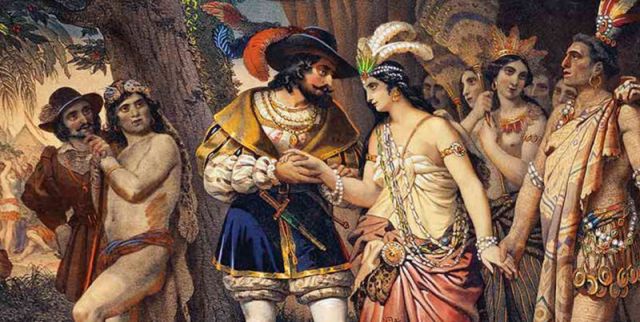
The Mexico City Art Muralism Movement
Historical Context
Post-Mexican Revolution and the need for a national identity
The Mexican Muralism Movement burgeoned amidst the aftermath of the Mexican Revolution, a tumultuous period marked by social upheaval and political turmoil. In the wake of this transformative conflict, there arose a pressing need to forge a cohesive national identity that would unite the fractured populace. Responding to this imperative, the Mexican government launched a pioneering program aimed at utilizing art as a tool for public education and social cohesion.
Government-backed program to educate the public through art
This government-backed initiative sought to harness the power of visual storytelling to convey the nation’s history, values, and aspirations to a broad audience. By commissioning murals to adorn public spaces such as schools, government buildings, and public squares, authorities aimed to democratize access to art while fostering a collective sense of pride and solidarity among the Mexican people. Thus, the Mexican Muralism Movement emerged as a potent force for cultural renewal and social transformation, catalyzing a renaissance in Mexican art that resonates to this day.
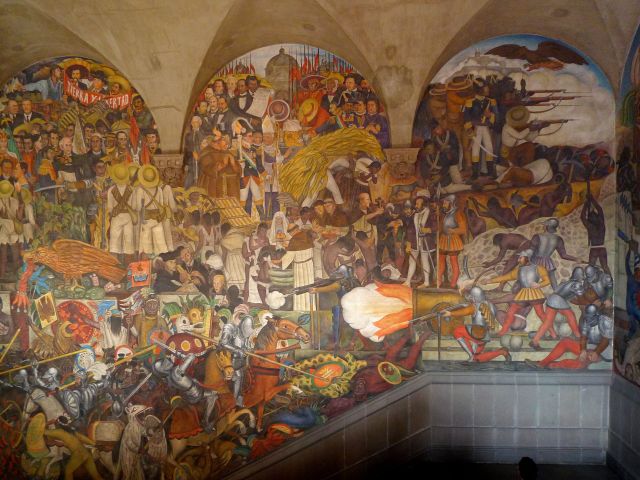
Key Figures
Diego Rivera, a towering figure in the Mexican Muralism Movement, left an indelible mark with his monumental artworks that vividly narrated Mexico’s tumultuous history. His murals, characterized by bold colors and intricate details, served as visual chronicles of Mexico’s cultural heritage, from pre-Columbian civilizations to contemporary struggles.
José Clemente Orozco, renowned for his politically charged murals, offered searing critiques of societal injustices and political oppression. Through his powerful imagery and symbolic motifs, Orozco confronted issues such as exploitation, inequality, and the erosion of indigenous cultures, sparking introspection and debate among viewers.
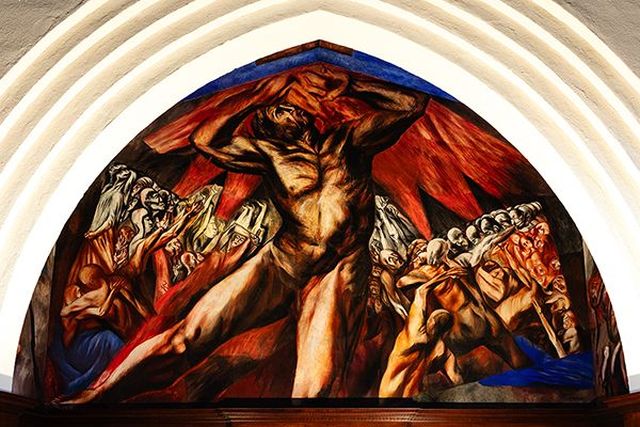
David Alfaro Siqueiros brought a dynamic approach to muralism, employing innovative techniques and unconventional materials to create visually arresting compositions. His murals pulsate with energy and movement, capturing the spirit of social activism and collective struggle. Siqueiros’s works often depicted scenes of revolutionary fervor and the aspirations of the working class, inspiring audiences with their boldness and urgency.
Influence and Legacy
Mexican Muralism resonated globally, inspiring artists worldwide. Additionally, its bold message transcended borders, shaping muralist movements across continents. Today, its legacy endures, influencing contemporary artists. Moreover, muralism fosters pride, education, and cultural identity. Furthermore, its impact on public consciousness persists, reminding societies of the power of art to provoke social change and reflection.
Spread of Muralism
Mexican Muralism sparked similar movements worldwide. From Latin America to the United States, muralism flourished. Additionally, it became a universal language of activism. Furthermore, muralism transcended barriers, inspiring change globally. Its influence extended beyond art, permeating literature, music, and social movements.
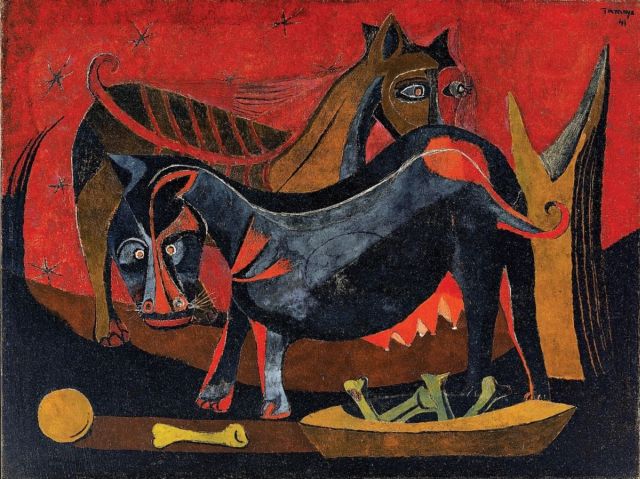
Influence on Artists
Mexican Muralism’s impact resonates through generations. Additionally, contemporary artists draw inspiration from its bold imagery. They continue its legacy of activism. Furthermore, muralism remains relevant in modern times. Its influence can be seen in street art, public installations, and digital media platforms.
Role in Public Education
Muralism educates and celebrates cultural heritage. Moreover, murals adorn public spaces globally. They inspire communities to reflect on their past. Furthermore, muralists promote dialogue and understanding. Additionally, they collaborate with educators to develop curriculum materials based on mural themes.
Mexico City Art Modern Movements
Early 20th Century Developments
The introduction of modernism and its key proponents
In the early 20th century, Mexico City experienced a vibrant cultural renaissance. Additionally, modernism, challenging traditional norms, thrived in bohemian neighborhoods. Influential figures like Rivera, Kahlo, and Siqueiros pushed artistic boundaries. Alongside these artists, a burgeoning community of intellectuals and activists fueled the city’s creative energy.
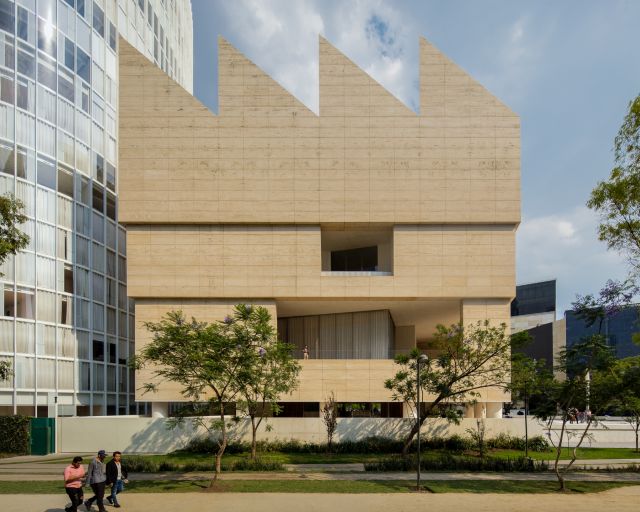
The influence of European art movements on Mexican artists
Moreover, European art movements profoundly influenced Mexican artists. They eagerly embraced cubism, surrealism, and futurism. Consequently, this cross-pollination sparked creative ferment. Artists grappled with questions of identity and representation. As a result, a new generation of Mexican artists emerged, blending European techniques with indigenous themes and motifs.
Mid-20th Century Mexico City Art Scene
The rise of new artistic expressions post-World War II
Following World War II, Mexico City witnessed a surge of artistic creativity. Moreover, artists explored new forms of expression. Influential movements such as abstract expressionism and surrealism gained traction.
Additionally, the city became a melting pot of ideas and influences. Artists from around the world flocked to Mexico City. They sought refuge and inspiration in its vibrant cultural scene. This influx of talent contributed to the city’s reputation as a global artistic hub.
The impact of political and social changes on art
Political and social upheavals profoundly influenced the art scene. Artists responded to issues such as inequality, injustice, and human rights abuses. Moreover, they used their art as a tool for activism and social commentary. This period saw the emergence of politically charged artworks that challenged the status quo. As a result, Mexico City became a hotbed of artistic resistance and dissent.
Contemporary Art Scene
The shift towards contemporary art in the late 20th century
In the late 20th century, Mexico City experienced a significant shift towards contemporary art. Artists embraced new mediums and concepts. Additionally, they sought to reflect the complexities of modern life and culture.
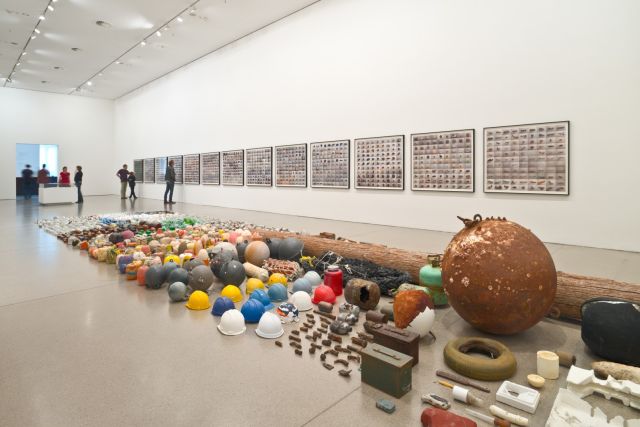
Key contemporary artists and their contributions
Prominent contemporary artists emerged, each making unique contributions to the art scene. Figures like Gabriel Orozco and Francis Alÿs gained international recognition. Their innovative approaches challenged traditional notions of art and expanded the boundaries of artistic expression.
The role of art fairs and galleries in promoting modern art
Art fairs and galleries played a crucial role in promoting modern art in Mexico City. They provided platforms for emerging artists to showcase their work. Additionally, they facilitated connections between artists, collectors, and art enthusiasts. As a result, Mexico City’s contemporary art scene flourished, attracting attention from around the world.
Notable Mexican Artists and Their Impact
Iconic Figures:
Frida Kahlo and her self-portraits
Frida Kahlo, renowned for her self-portraits, left an indelible mark on the art world. Her introspective works captured the complexities of the human experience. Additionally, Kahlo’s paintings explored themes of identity, pain, and resilience. Her bold and unapologetic approach to self-representation continues to inspire artists worldwide.
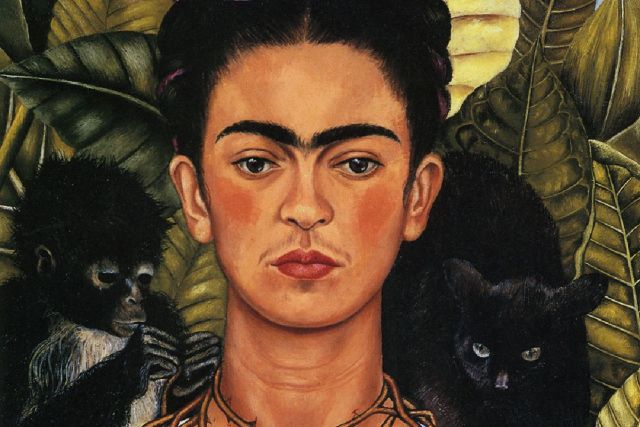
Rufino Tamayo and his modernist approach
Rufino Tamayo, known for his modernist approach, revolutionized Mexican art. His bold use of color and form challenged traditional artistic conventions. Additionally, Tamayo’s works explored universal themes of human existence. His innovative style bridged the gap between indigenous and contemporary art, leaving a lasting legacy on the Mexican art scene.
Carlos Almaraz and the Chicano Art Movement
Carlos Almaraz played a pivotal role in the Chicano Art Movement. His vibrant paintings depicted the struggles and triumphs of the Chicano experience. Additionally, Almaraz’s artworks served as a form of cultural resistance, challenging stereotypes and advocating for social justice. His contributions to the movement helped elevate Chicano art to global prominence, inspiring future generations of artists.
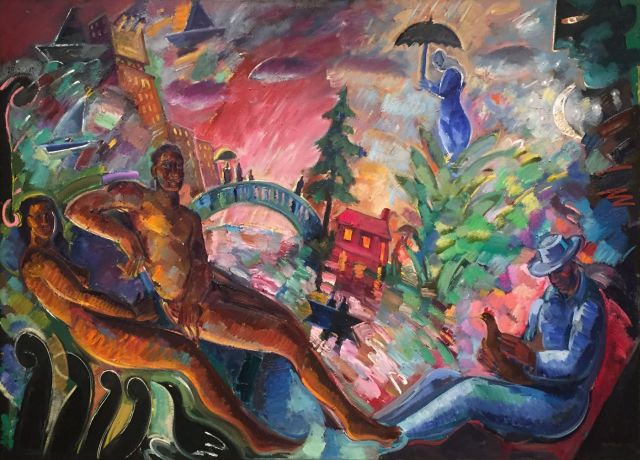
Emerging Talents in Mexico City Art
Discussion of contemporary artists shaping Mexico City’s art scene
A new generation of contemporary artists is redefining Mexico City’s art landscape. They explore diverse themes and mediums, reflecting the city’s multicultural identity. Additionally, these artists challenge traditional narratives and push boundaries with their innovative approaches.
The influence of global trends on local artists
Global trends profoundly impact local artists, shaping their artistic visions and practices. Artists in Mexico City draw inspiration from international art movements. Moreover, they incorporate global perspectives into their work, contributing to the city’s cosmopolitan art scene. This cross-cultural exchange enriches the artistic dialogue and fosters creative innovation.
The role of cultural policy in supporting artists
Cultural policy plays a crucial role in supporting artists and promoting artistic development in Mexico City. Government initiatives provide funding, resources, and opportunities for artists to showcase their work. Additionally, cultural institutions and organizations offer support through grants, residencies, and educational programs. By investing in the arts, policymakers nurture a thriving artistic ecosystem that enriches the cultural fabric of the city.
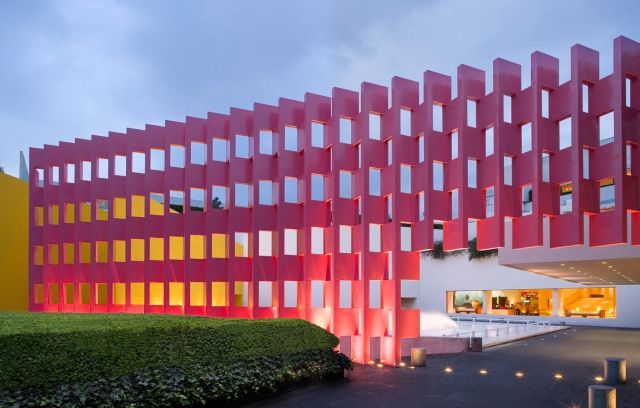
Architecture as Mexico City Art
Historical Architecture
Aztec foundations and colonial creations
Mexico City boasts a rich architectural heritage rooted in its Aztec foundations and colonial past. The remnants of ancient Aztec structures stand as a testament to the city’s indigenous roots. Additionally, colonial creations, such as cathedrals and palaces, showcase the influence of Spanish architecture on the cityscape.
The blending of different architectural styles over time
Over the centuries, Mexico City has witnessed the blending of different architectural styles, reflecting its diverse cultural influences. Spanish colonial buildings coexist alongside modern skyscrapers and avant-garde structures. Furthermore, the city’s architectural landscape continues to evolve, with contemporary architects incorporating traditional elements into innovative designs. This harmonious fusion of past and present contributes to Mexico City’s status as a living museum of architectural artistry.
Modern and Contemporary Architecture in Mexico City Art
The influence of modernism on Mexico City’s skyline
Modernism has left an indelible mark on Mexico City’s skyline, reshaping its architectural identity. Iconic buildings, such as the Torre Latinoamericana and the Estadio Olímpico Universitario, stand as testaments to the city’s embrace of modernist principles. Additionally, the sleek lines and innovative designs of modernist structures have become defining features of Mexico City’s urban landscape.
Contemporary architects and their innovative designs
Contemporary architects in Mexico City are pushing the boundaries of architectural innovation with their bold and visionary designs. Figures like Ricardo Legorreta and Luis Barragán have garnered international acclaim for their contributions to contemporary architecture. Their use of vibrant colors, geometric forms, and innovative materials has redefined Mexico City’s architectural aesthetic, setting new standards for creativity and craftsmanship.
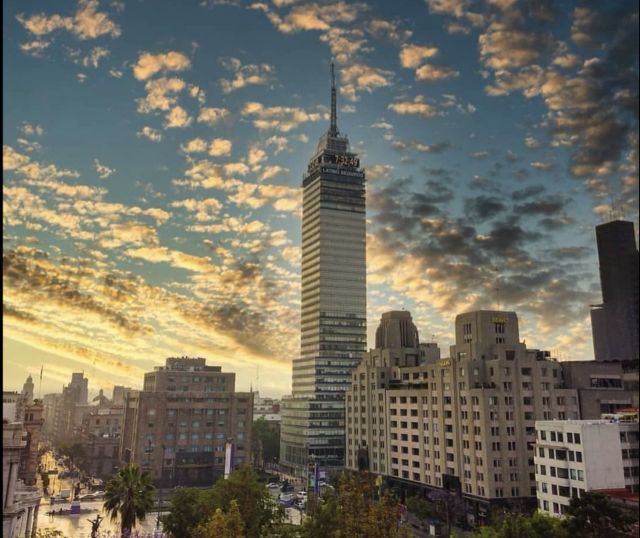
The architecture of Mexico City as a reflection of its cultural evolution
The architecture of Mexico City serves as a visual chronicle of the city’s cultural evolution. From ancient Mesoamerican pyramids to colonial-era cathedrals to modernist skyscrapers, each architectural style reflects a different chapter in the city’s history. Moreover, contemporary architectural projects, such as the Museo Soumaya and the Museo Jumex, embody Mexico City’s dynamic and cosmopolitan spirit, serving as symbols of its vibrant cultural landscape.
Conclusion about Mexico City Art
Summary of the evolution of art in Mexico City
Throughout its storied history, Mexico City has been a crucible of artistic innovation and creativity. From the ancient civilizations of the Aztecs to the colonial period to the vibrant contemporary art scene, the city’s art has evolved and flourished. Influential movements like Mexican Muralism and Chicano Art have left a lasting impact on the global art world, while contemporary artists continue to push boundaries and explore new frontiers.
The ongoing cultural significance of art in Mexico City’s identity
Art remains at the heart of Mexico City’s identity, serving as a vibrant expression of its rich cultural heritage and diverse communities. The city’s art reflects its complex history, social struggles, and aspirations for the future. Moreover, art plays a pivotal role in fostering dialogue, understanding, and social cohesion among its residents and visitors. As a result, Mexico City continues to be recognized as a global hub of artistic excellence and cultural exchange.
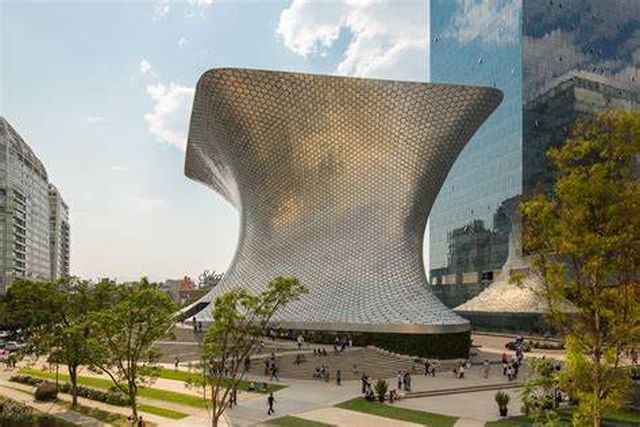
Future prospects for the art scene in Mexico City
Looking ahead, the future of the art scene in Mexico City appears promising and dynamic. With continued investment in arts education, cultural infrastructure, and support for emerging talent, the city is poised to further solidify its position as a leading center for contemporary art and culture. Additionally, ongoing collaborations between artists, institutions, and communities promise to generate new opportunities for artistic innovation and engagement. As Mexico City continues to evolve and grow, its art scene will undoubtedly remain a vibrant and integral part of its cultural landscape.
Here’s how you can get the Soumaya Museum in Mexico City,
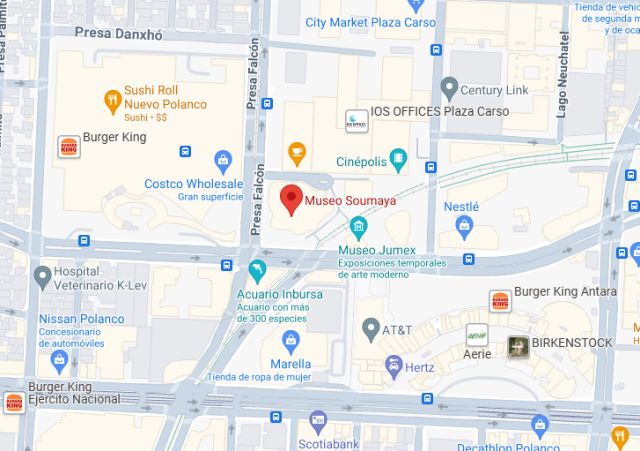
Let’s take a better look at Mexico City’s Art
Join us in this adventure and book a trip with us. We’ll show you the best of Mexico City’s Art from the skies. Make sure to contact us to not miss this unique opportunity to have a different view.
References:
Mexico: A Revolution in Art, 1910-1940 | Article | Royal Academy of Arts
How Mexico Formed A United National Identity Through Art (theculturetrip.com)
Mexico: A Revolution in Art, 1910-40 – review | Royal Academy of Arts | The Guardian
Modernism and Mexico | The National Endowment for the Humanities (neh.gov)
Masterpieces of the Art and Architecture of Mexico — Google Arts & Culture
The Mexican Revolution in 5 Great Artworks (thecollector.com)
